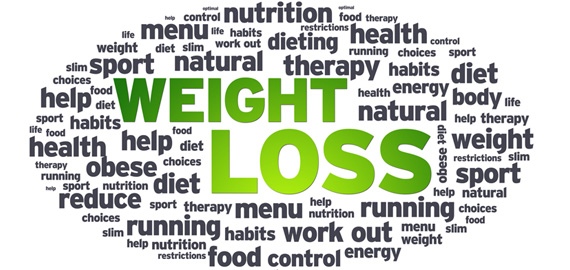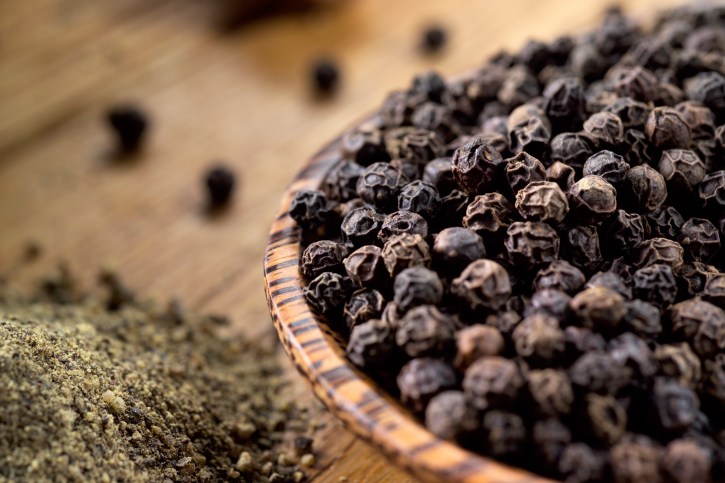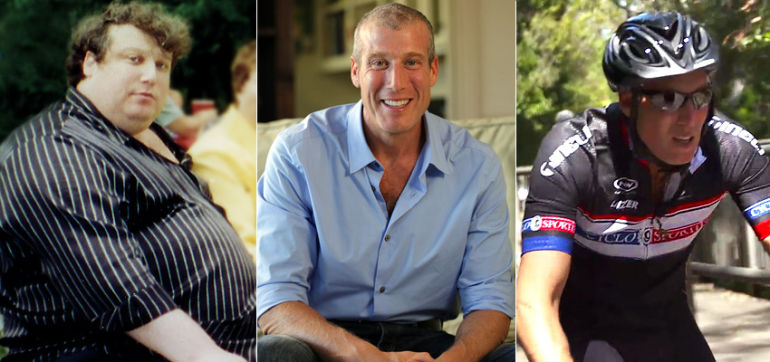10 New Ways to Start the Year Off Light
View as one page

Get reacquainted with your kitchen
It's pretty simple: The more you dine in, the less you'll pig out. A study published this past July by Public Health Nutrition looked at the eating habits of more than 12,000 people and concluded that those who ate at a fast-food or full-service restaurant consumed an average of 200 additional calories a day (more saturated fat, sugar and salt, too) than people who noshed at home. Eating at restaurants should be the exception, not the norm, says study co-author Lisa Powell, PhD, professor of health policy and administration at the University of Illinois at Chicago. Next time you're tempted by the neighborhood Thai place, consider the money you'll save by dining in. (If a family of five eats out only twice a week, at a conservative $40 a meal, that's more than $4,000 a year!)
View as one page

Quit noshing and texting
Research shows that getting distracted can be a diet killer. We make about 200 food decisions a day, and we’re not paying attention to most of them, says Cornell professor Brian Wansink, PhD, author of Slim by Design: Mindless Eating Solutions for Everyday Life. Tech gadgets are the biggest offenders, so "power down," says Jennifer McDaniel, RDN, spokesperson for the Academy of Nutrition and Dietetics. "Multi-tasking while eating leads to eating amnesia."
View as one page

Become a morning muncher
"Women need 30 to 35 grams of fiber a day, but most of us don't get even half that amount," says Rachel Beller, RDN, author of Eat to Lose, Eat to Win. Breakfast is the perfect time to slip it in: "If you front-load, you can get 50 percent of your daily fiber right off the bat," Beller says. "It will increase your satiety and help even out your blood sugars, and research suggests it may get rid of calories in the body. It's a win-win." One of her go-to breakfasts: quinoa (you can buy it already cooked and frozen) with fruit, cinnamon and a sprinkling of fiber-rich chia seeds.
View as one page
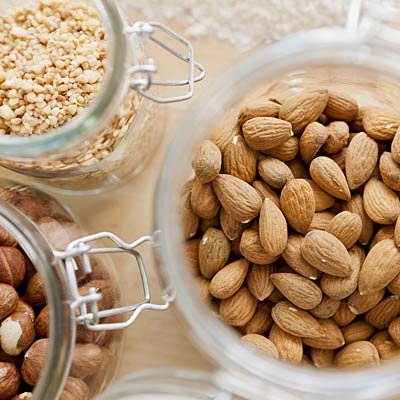
Brush up on basic addition
Your first instinct is to cut out "bad" foods, right? Scratch that. Instead think about what you should add to your diet. "Trying to restrict or banish foods can leave people feeling deprived, like they're in diet prison," says Cynthia Sass, RD, author of S.A.S.S. Yourself Slim. "Focusing on what you should add or replace is a much more positive strategy." Think plenty of produce, protein (fish, poultry, lean meats, eggs), whole grains, nuts and seeds, with the goal of slowly crowding out unhealthy processed foods. Approach snacks the same way, advises Seattle dietitian Kim Larson, RDN, spokesperson for the Academy of Nutrition and Dietetics, who keeps whole-grain popcorn or a handful of nuts within reach in her car's glove compartment.
View as one page
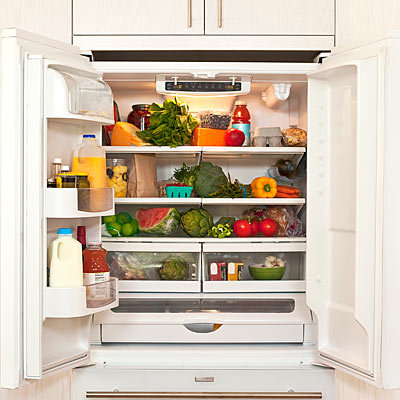
Give your fridge a face-lift
Basically, you want to think out of the (fruit and vegetable) box. "Crisper drawers may have been designed to keep produce fresh, but they're usually the place where fruits and vegetables go to decompose," McDaniel says. If you move produce from those low-visibility drawers to the top shelf of the fridge, you will eat three times more produce, studies show. "I keep my cut-up vegetables in clear containers where I can see them," McDaniel adds.
View as one page

Know this: You can get too much of a good thing
If you feel like you're chowing down on the right foods but still aren't losing weight, look at how much you're eating. Studies show that the average person underestimates the amount she downs in a given day by more than 20 percent. Even worse, the more we eat, the less accurate we are. "If a client is already eating well and still not making progress, I'll tell them, ‘Halve your portion sizes and then rate your hunger,'" Larson says. Sass offers this easy trick for eyeballing portions: "The protein at any meal should be the size of your smartphone, with half a tennis ball's worth of starch (rice or quinoa) and two tennis balls' worth of produce, plus 1 tablespoon of a good fat."
View as one page
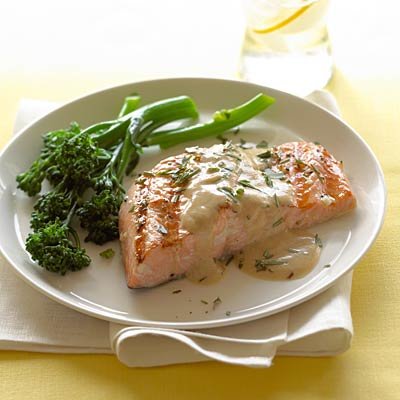
Flip your meal
When dining out, instead of focusing on what you're going to have as the entrée, Beller says, zero in on the veggies first: "Two big handfuls, or at least half your plate, should be vegetables. It can be a side, a salad or a soup." See what the restaurant is offering on the menu—broccolini, sugar snap peas, spinach—and ask for double vegetables. Then think about the entrée: May we suggest a simple filet of fish, cooked in a touch of healthy fat?
View as one page

Take back the night
Northwestern University researchers found that late sleepers consumed about 250 more calories a day and had a higher BMI than early birds. "When you absorb calories at night, if your body doesn't have a need for them because you aren't active the surplus calories are sent to fat cells," Sass explains. "To keep my clients from eating after dinner, I have them figure out what it is they're really looking for when they eat at night—are they bored, stressed or lonely?—then I ask them to keep a journal of what they're feeling when they crave food. One client said he ate at night as a stress reliever; now he plays guitar instead. Others get involved in meet-up groups—for example, going for a walk with a neighbor when they're tempted to eat mindlessly. You want to find anything you can look forward to other than munching." If you can't resist a nighttime nibble, make it a planned one. McDaniel's sweet-salty go-to snack: a 100-calorie bag of popcorn, dusted with cinnamon sugar.
View as one page

Coast past cravings
Of course, the easiest way to combat temptation is to avoid it in the first place. But what about situations that are out of your control, like when a co-worker brings cupcakes to a meeting? Learn to ride out the jones. In a study of addictive behaviors at the University of Washington, smokers who were taught how to "surf the urge" cut back on cigarettes by 26 percent after a week; the technique can work for culinary longings, too. Since all cravings eventually pass, imagine yours as an ocean wave, which will build to a crest but ultimately crash and disappear.
View as one page
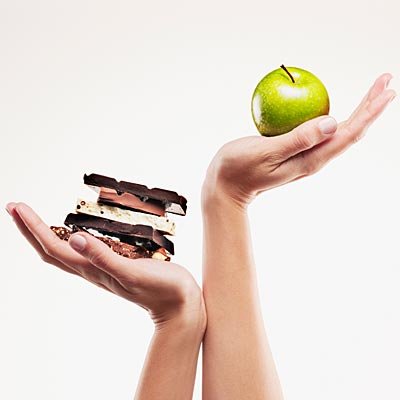
Always have a plan B
You probably know the temptations that trip you up—like that caramel latte calling your name during the afternoon slump at work. So be ready with a specific plan to fight them off. A recent study suggests that an "if-then" tactic can be beneficial. Simply put: "If x happens, then I will do y." In real-world terms, that might translate to: "If my husband offers me a bowl of ice cream while we're watching CSI, then I'll be ready with my own bowl of sliced apples." Whatever you do, just don't reply with: "I can't eat ice cream anymore." A study in the Journal of Consumer Research found that using suble word choices—for example, the more empowering I don't instead of I can't—makes a difference. People assigned to the "I don't" group picked a smart snack 64 percent fo the time; the "I can't" pity-party group chose healthfully only 39 percent of the time. That means if you moan about forbidden foods, you're more likely to hit the Ben & Jerry's in the end.
-
Eating-The Way to Natural Fat Loss
-
***Diet You Can't Cheat On!
Spend two weeks deep in thought about what your favorite foods are.
-
Lose Weight & Inches in 10 Days – the Natural Diet From Years of Research
I have tried all sorts of diets in the past but I was never impress
-
Tips for Dealing with Cellulite
Cellulite is the term given to the lumpy
-
How To Gain Muscle Fat
Every guy wants to gain muscle fat, whether he admits it or not. You m
-
Secrets to Super Natural Immunity
WAIT! Before you’re scared into believing you’re at ris
- DON'T MISS
- Asthma & Weight Gain: How To Stop The Cycle
- Women at 40: You Can Still Burn Belly Fat
- Why Choose Green Tea Diet And Are There Any Downsides
- 5 Motivational Tips To Help You Lose Weight (Even If You Feel Like Giving Up)
- Eating to Better Health
- What To Drink On The Zone Diet
- How Busy Women Can Lose Stubborn Fat From Their Stomach, Hips and Thighs
- Fat Jokes You Can Take To The Grave
- Weight Loss Surgery Produces Unexpected Drop in Heart Disease Risk
- What is Weight Loss Surgery?
